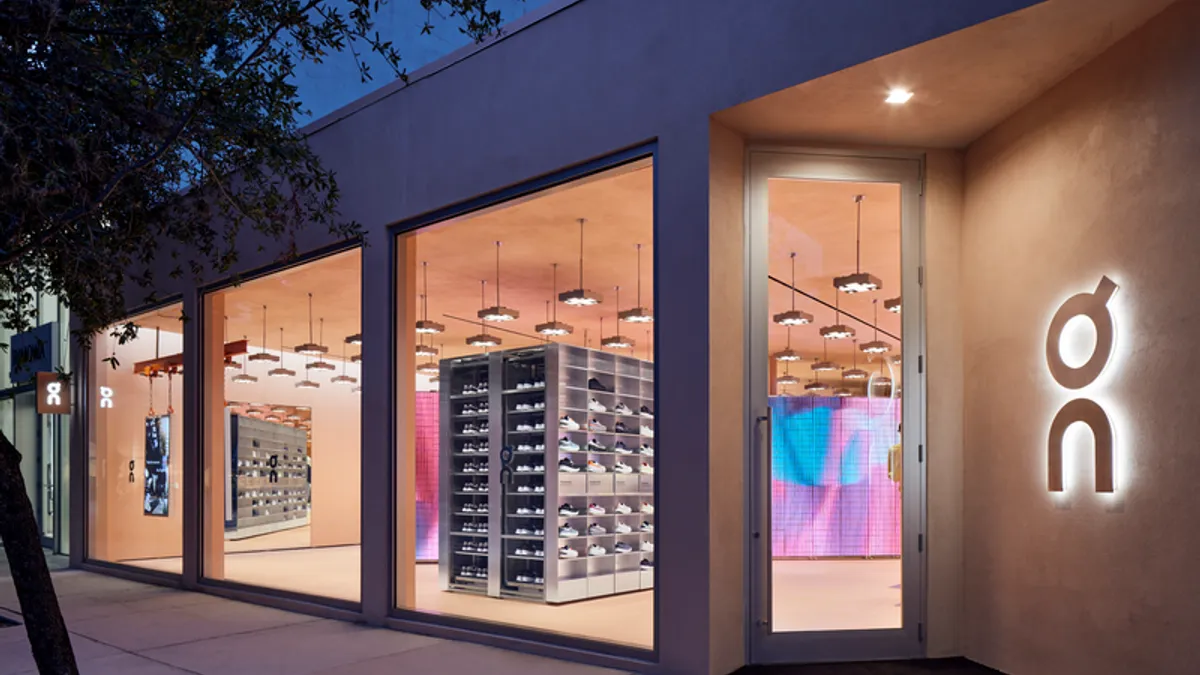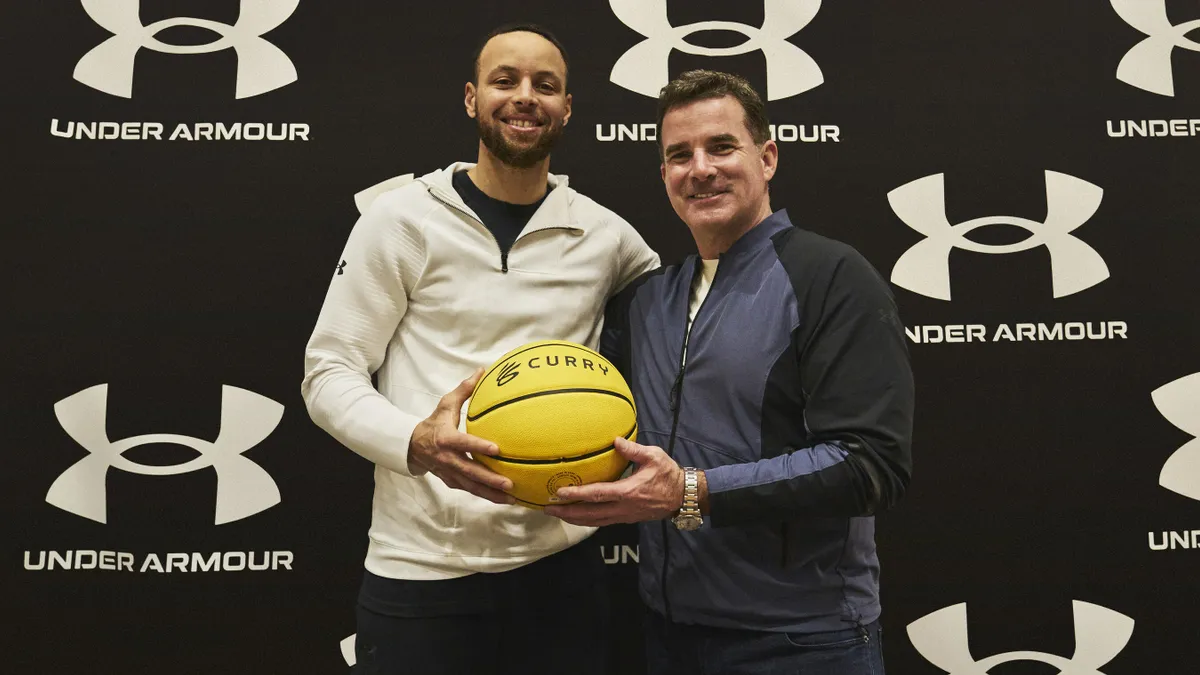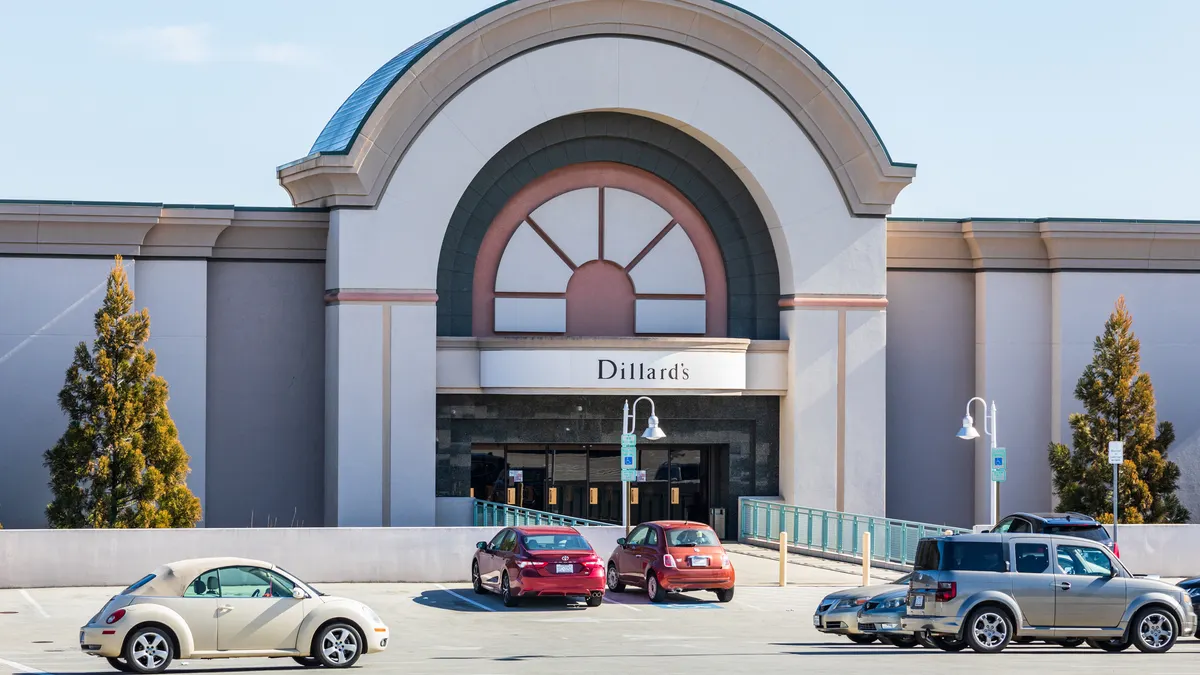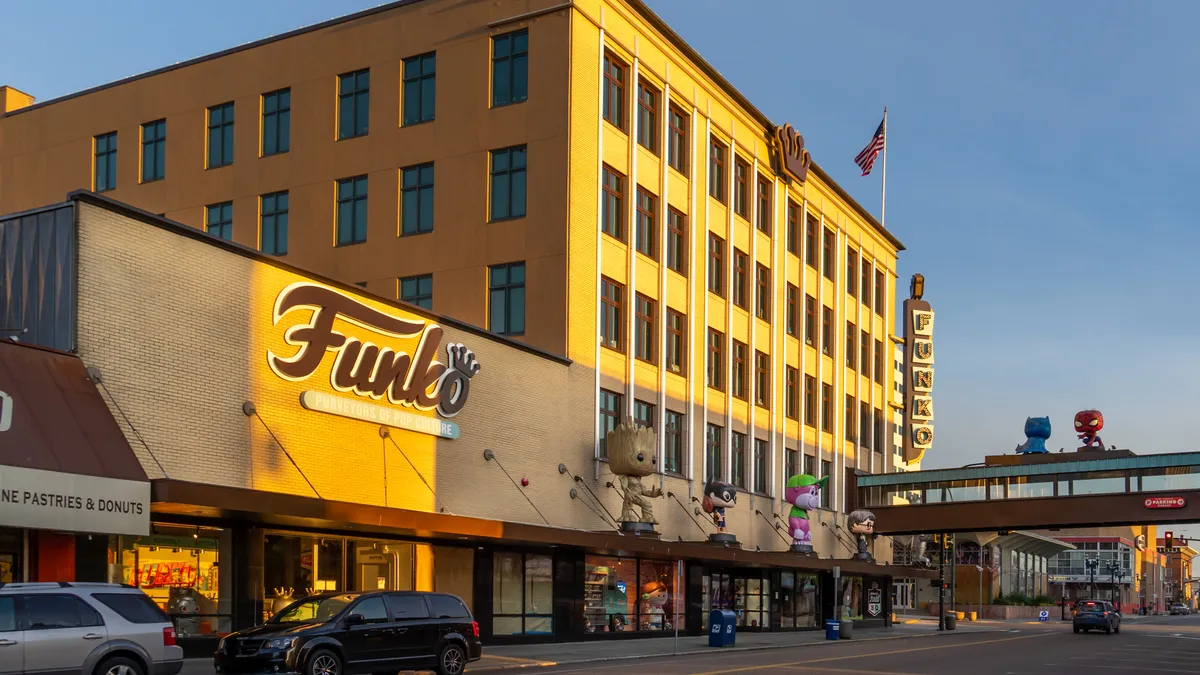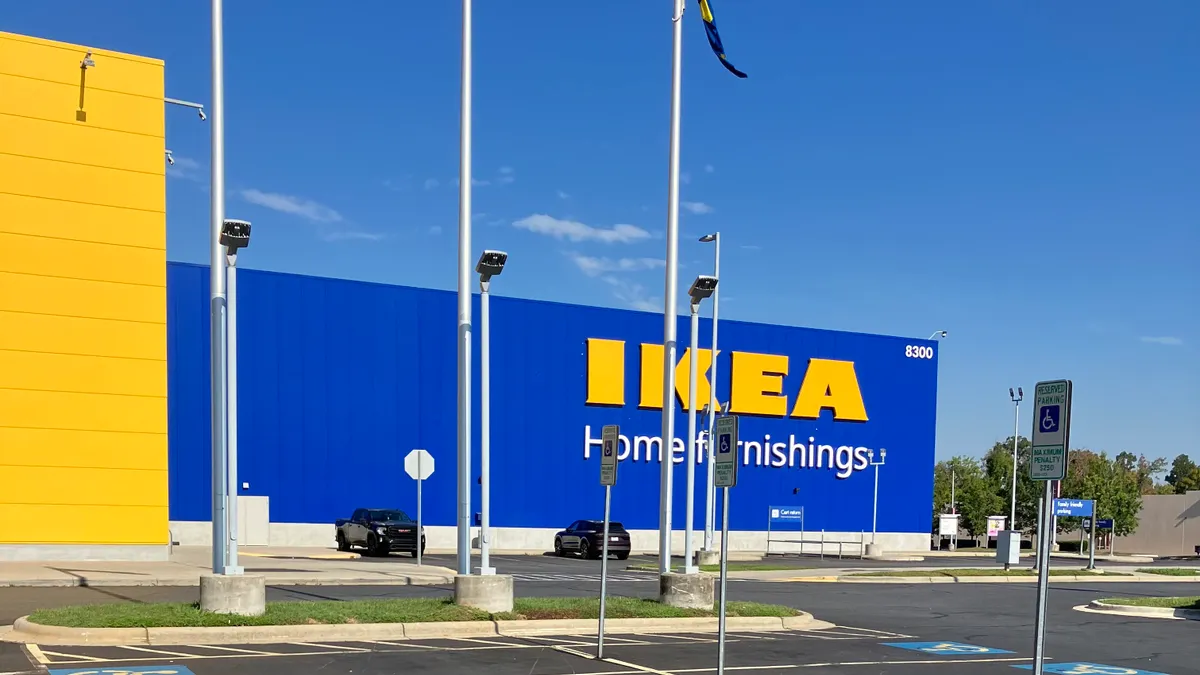Amazon's $13.7 billion purchase of Whole Foods buys many things: a key entry point into the grocery business, a collection of stores from which it can evolve its e-commerce footprint and an opportunity to gather valuable shopper data it could use to further disrupt the $800 billion food retail industry.
It also brings a troubled retailer into the fold.
For all the advantages Whole Foods potentially brings, there is looming uncertainty as to how much Amazon, an online giant that has never run a grocery company, will benefit from an inefficient, slow-to-adapt retailer with 460 stores and a major pricing problem.
According to sources interviewed by Food Dive, Amazon could do a lot to improve Whole Foods’ operations, given that it is strong in many areas where Whole Foods has struggled.
But early reports that Amazon wants to leave Whole Foods as-is, including keeping the contentious John Mackey in the CEO post he’s occupied for nearly forty years, could prove problematic. If Amazon does prove to be a more active manager than it has with other acquisitions, the inexperience factor, not to mention a vastly different corporate culture, could make for a rocky relationship.
“The biggest difference between the culture of these two companies is that Amazon is a data-driven company while Whole Foods is an instinctive, merchant-driven company,” Neil Stern, senior partner with retail consulting firm McMillanDoolittle, told Food Dive. “Can they make it work and overlay the Amazon data analytics on top of Whole Foods’ retailing approach? That’s what’s going to be the most fascinating to watch.”
Goodbye whole paycheck?
Exiting Wall Street and having a deep-pocketed owner would relieve what had become intense pressure on Whole Foods to improve its operations. Sources say this would allow the natural and organic retailer room to implement and tinker with its plan, first announced two years ago, to become a more competitive grocer. That plan, which Whole Foods regularly updated as its sales and traffic continued to slip, includes centralizing its purchasing, investing in price cuts and digital promotions, improving its customer data collection and putting more resources into the rollout of its smaller, lower-priced 365 stores.
“Can they make it work and overlay the Amazon data analytics on top of Whole Foods’ retailing approach? That’s what’s going to be the most fascinating to watch.”

Neil Stern
Senior partner with retail consulting firm McMillanDoolittle
Some parts of this plan would likely change as Amazon and Whole Foods explore growth avenues and corporate synergies. But according to Brian Yarbrough, senior research analyst with Edward Jones, the key efficiency and pricing measures would need to remain intact.
“The first thing Amazon needs to do is lower prices,” he told Food Dive. “Whole Foods is overpriced, and they’ve lost customers as a result.”
Improving its price image, Yarbrough speculated, may have been a driving force behind Whole Foods’ accepting Amazon’s bid. For a public company to lower prices 10% to 15%, which is what the retailer need to do to be competitive would “destroy earnings,” he said. Amazon, in contrast, can cover Whole Foods’ losses as price cuts take effect, and do so out of the public eye.
To be sure, the e-commerce giant has a history of encouraging failure and experimentation, and that would likely forgive hefty losses by Whole Foods on the road to better results.
“Amazon has a history of being very patient, and that’s really paid off for them,” Michelle Grant, head of retailing at Euromonitor International, told Food Dive.
Through Amazon, Whole Foods will have the opportunity to offer not just lower prices but smarter prices by leveraging the online retailers’ data prowess. The Austin, Texas-based chain has moved to improve its data collection through a partnership with analytics firm dunnhumby, among other measures. But the company is largely in the dark as to who its customers are and what they buy, sources say. Its approach to pricing and category management is largely analog, with a heavy reliance on experienced buyers and store managers.
Amazon, in contrast, is a data-driven company that tracks its customers individually and has a granular understanding of not just what they buy, but what motivates their purchases, where their thresholds lie, and much more. The company will likely provide Whole Foods with valuable data on customers the two retailers share — research from Morgan Stanley shows 62% of Whole Foods shoppers are Amazon Prime members — and could also supply tools the embattled supermarket can use to better track customers and plan its pricing.
The data-sharing arrangement may not be a home run, however, considering Amazon tracks online shopping behavior and has never tracked in-store purchasing. Reports suggest Amazon will quickly gather store data from Whole Foods locations, giving it a more complete view of a shopper's habits.
“Amazon is a data company first and foremost,” said Stern. “The data they gather around those locations could be potentially transformative for Whole Foods.”
Organic, optimized
The two companies’ customer base overlaps significantly amongst young, affluent shoppers. While this could benefit both retailers, Whole Foods stands to be the bigger beneficiary in the partnership because of Amazon’s large consumer reach, which counts more than 60 million Prime members alone. According to data from Kantar Retail, just 11% of Amazon shoppers also visit Whole Foods.
Jack O’Leary, an analyst with consulting firm Planet Retail RNG, said he could see Amazon offering special deals to Prime members on Whole Foods products, or members-only cooking classes inside stores.
“You’ve got Amazon Prime shoppers just really wanting that Amazon experience in other categories,” he told Food Dive.
Still, cross promotions don’t fully address Amazon’s price-focused shoppers, many of whom are not interested in shopping at a grocer often referred to as “Whole Paycheck.” Price reductions could go a long way toward broadening Whole Foods’ appeal, sources noted, but the retailer may ultimately need a new look or at least some new brands that offer better value positioning.
This is a tricky proposition, since the company has had success with its 365 store brand, and because an overemphasis on value might turn off Whole Foods’ core customers. But according to Grant, further growth of the retailer’s lower-priced 365 stores, of which there are currently four locations with a few more in the pipeline, could help broaden Whole Foods’ appeal. Additionally, company CEO John Mackey, addressing workers after the Amazon deal was announced, raised the possibility of an additional grocery brand that could target price-conscious shoppers.
“I don’t think Jeff Bezos buys companies that have bad plans. I think he buys companies that have good plans, but just need a little help in executing them.”

Diana Sheehan
Director of retail insights with Kantar Retail
In addition to being the “everything to everybody” retailer, Amazon also is known as a tech-savvy dabbler, with investments in everything from drone technology to checkout-free retail stores. The company’s resources, know-how and willingness to experiment have many envisioning a future in which every Whole Foods store is outfitted with Amazon Go scanning technology, driverless grocery delivery and other dazzling innovations.
Sources say it’s the more practical technology that will benefit Whole Foods, at least in the short term. Yarbrough noted the retailer’s back-end technology, from its distribution to its ordering systems, lags well behind the competition and could benefit from Amazon’s expertise. Grant, who noted Amazon has struggled to implement its Go scanning technology, said the e-commerce company would be more likely to use its payment systems to speed up things on the front end.
“What could be interesting is, how does Amazon use the fact that it has 300 million customer accounts with payment information already entered and a presence on everyone’s phone to make the checkout experience at Whole Foods easier?” she said.
Amazon’s expansion of its grocery e-commerce capabilities, which many observers see as the biggest upside of its deal with Whole Foods, could be big for the grocer, too. The company’s suburban stores, which see significantly less traffic than its urban locations, could get a boost from home delivery and store-pickup expansion. Currently, Whole Foods offers home delivery through Instacart, though sources expect that relationship will dissolve as Amazon moves in.
Diana Sheehan, director of retail insights with Kantar Retail, expects Amazon, which recently debuted a click-and-collect model, AmazonFresh Pickup, in Seattle, to apply what it’s learned to Whole Foods’ sluggish suburban stores.
“We are betting that click-and collect-grocery will be the path forward for rural and suburban markets,” she said. “Amazon just bought 450 locations for click-and-collect delivery.”
A delicate balance
How will the idealistic, values-driven natural and organic grocer pair with a sprawling, tech-focused seller of everything from diapers to e-readers? That’s the biggest question mark for many industry analysts. Amazon’s populist approach could alter Whole Foods’ core image, not to mention leave a bad taste in the mouths of many "Whole Foodies," as the retailer’s most loyal fans are known.
“Selling groceries isn’t going to be the problem,” said Sheehan. “The difficulty is going to be bringing together two corporate cultures that are very, very different.”
Mackey, in the meeting with company employees, said Amazon is “not stupid enough to go and change” Whole Foods’ image as an ethical, eco-friendly retailer. Still, the company’s need to reach more consumers leaves it vulnerable to a shift in its cultural fabric.
Some also questioned the wisdom of leaving Mackey in the chief executive role, considering he presided over the company’s recent downturn (Mackey shared the CEO role with Walter Robb from 2010 to 2016). Yarbrough said that Mackey, in addition to being a firebrand who recently called activist investors Jana Partners “greedy bastards” in an interview with Texas Monthly, is more of a visionary leader who doesn’t concern himself with the details of the business. This approach, Yarbrough said, could clash with the very methodical, granular approach Amazon takes to retail management.
“I wouldn’t be surprised if Mackey is out within two years,” said Yarbrough.
Others say Amazon’s lack of traditional retail management could create difficulties. Even though Whole Foods under Amazon has the potential to evolve more than any other food retailer in the business, its recent struggles in pricing and efficiency are very much rooted in the realities of traditional retailing.
Ultimately, analysts say the pairing is most likely to succeed given Amazon’s resources and the strength of Whole Foods’ brand. The once dominant natural and organic grocer has had its share of troubles lately, but it appears to be taking the necessary steps that, with help from the world’s largest online retailer, could bring about a return to prominence.
“I don’t think Jeff Bezos buys companies that have bad plans,” said Sheehan. “I think he buys companies that have good plans, but just need a little help in executing them.”









